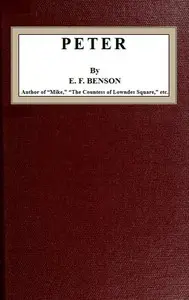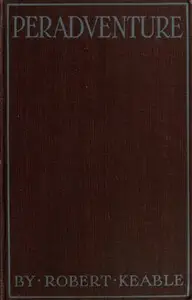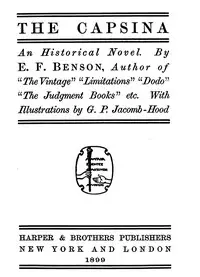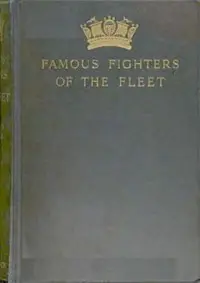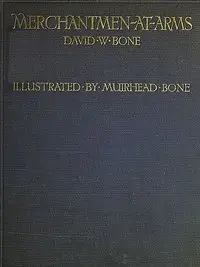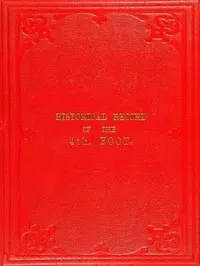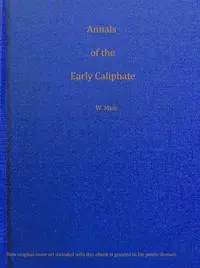"Simon Called Peter" by Robert Keable is a story set after World War I, that looks at love, right and wrong, and being human during wartime. It mainly focuses on what it means to be kind versus the awful things that soldiers and religious leaders had to experience. The story follows Peter Graham, a church helper with strong beliefs, who becomes a chaplain in the war. He also falls in love with Hilda Lessing, but her ideas about war and doing what's right clash with Peter's new sense of what he should be doing. Early in the story, Peter is moving through a lovely London morning, thinking about the war that is coming. He meets Hilda Lessing, who seems unsure about the war, and she comes from a place of privilege. This is different than Peter, who feels he needs to do something. As they talk about the war, Peter gets more worried, and their discussion shows problems with what people expect from each other, love, and what people think they should do.

Simon Called Peter
By Robert Keable
Amidst the ruins of war, a clergyman wrestles with love and duty as his beliefs are challenged by the harsh realities of a shattered world.
Summary
About the AuthorRobert Keable was a British novelist, formerly a missionary and priest in the Church of England. He resigned his ministry following his experiences in the First World War and caused a scandal with his 1921 novel Simon Called Peter, the tale of a priest's wartime affair with a young nurse. The book sold 600,000 copies in the 1920s alone, was referenced in The Great Gatsby, and was cited in a double murder investigation. Fêted in the United States, but critically less than well-received, Keable moved to Tahiti where he continued to write, producing both novels and theological works, until his death at age 40 of kidney disease.
Robert Keable was a British novelist, formerly a missionary and priest in the Church of England. He resigned his ministry following his experiences in the First World War and caused a scandal with his 1921 novel Simon Called Peter, the tale of a priest's wartime affair with a young nurse. The book sold 600,000 copies in the 1920s alone, was referenced in The Great Gatsby, and was cited in a double murder investigation. Fêted in the United States, but critically less than well-received, Keable moved to Tahiti where he continued to write, producing both novels and theological works, until his death at age 40 of kidney disease.


